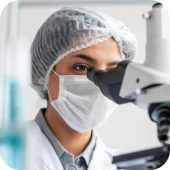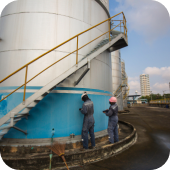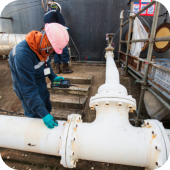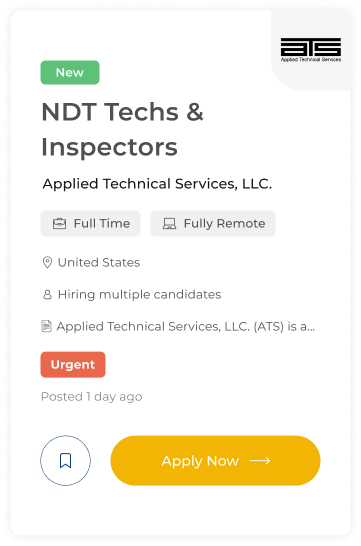

Talcyon Pte Ltd
A pioneer in developing the Acoustic Pulse Reflectometry (APR) technology, an advanced NDT solution for inspection of tubes.
Overview
Talcyon is a pioneer in developing the Acoustic Pulse Reflectometry (APR) technology, an advanced NDT solution for inspection of tubes. Our main goal of our products is to make inspection simpler and smarter. We serve industries such as oil and gas, chemical, power generation, marine, HVAC, petrochemical, food & beverage and paper & pulp.
We are the solutions provider to various industries requiring tube inspection (eg: Boilers, Fin Fans, Condenser, Heaters, Economizers, Super Heaters, other heat exchangers, etc.)
We also develop software solutions for data visualization/report generation so companies can focus on data gathering and analysis.
Products
Services
Ads












